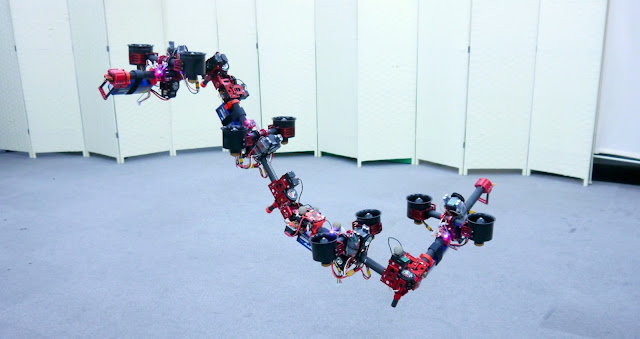Unveiling the Future: Technological Advancements in Fuel Efficiency for Gas-Powered Hatchbacks
In the powerful universe of auto development, the mission for eco-friendliness stays a vital main impetus. Internal combustion hatchbacks, known for their deft mobility and metropolitan reasonableness, are going through a groundbreaking excursion powered by mechanical progressions. We should investigate the state-of-the-art developments that are moving internal combustion hatchbacks into another period of eco-friendliness and manageability.
The Hybrid Revolution
One of the huge forward leaps in eco-friendliness for internal combustion hatchbacks is the mix of half-breed innovation. Half and halves join conventional gas-powered motors with electric power, offering a double power source that upgrades fuel utilization. During low-speed city driving or standing by, the electric engine starts to lead the pack, decreasing dependence on the gas motor and limiting fuel utilization.
This crossover approach upgrades eco-friendliness as well as adds to bring down outflows, making internal combustion hatchbacks all the more harmless to the ecosystem without settling on execution.
Advanced Engine Management Systems
The core of any vehicle is its motor and current internal combustion hatchbacks gloat progressed motor administration frameworks that improve eco-friendliness. Modern electronic control units (ECUs) continually screen different boundaries, for example, motor burden, choke position, and surrounding conditions, to make continuous changes by fuel conveyance and burning. This accuracy guarantees that the motor works at its most effective level under different driving circumstances.
Direct infusion innovation is another progression that assumes an essential part. By infusing fuel straightforwardly into the ignition chamber, this innovation further develops fuel atomization and burning effectiveness, bringing about better general efficiency.
Lightweight Development Materials
Weight decrease is a vital methodology in upgrading eco-friendliness. The utilization of lightweight development materials, for example, high-level high-strength combinations and carbon fiber, adds to a more nimble and eco-friendly driving experience. Internal combustion hatchbacks benefit from these materials, as they take into consideration a higher ability to weight proportion, working on both execution and effectiveness.
Aerodynamic Excellence
A smooth-out plan isn't just about feeling; it's vital consider accomplishing ideal eco-friendliness. Internal combustion hatchbacks are embracing streamlined standards to decrease drag and improve effectiveness at higher velocities. From painstakingly chiseled outsides to dynamic streamlined highlights, these hatchbacks are intended to slice through the air with negligible obstruction, expanding efficiency on the open street.
Start-Stop Technology
City driving frequently includes incessant stops and starts, which can altogether influence eco-friendliness. Enter start-stop innovation, a component that naturally stops the motor when the vehicle halts and restarts it when the driver delivers the brake pedal. This innovation is especially valuable in metropolitan conditions, where internal combustion hatchbacks can accomplish remarkable fuel reserve funds during inactive times.
The Road Ahead: A Greener Horizon
As mechanical progressions keep on reshaping the auto scene, internal combustion hatchbacks are cutting a way toward a greener and more effective future. The assembly of half-and-half innovation, high-level motor administration frameworks, lightweight materials, streamlined plans, and imaginative elements like beginning-stop innovation is changing these vehicles into guides of eco-friendliness.
The excursion doesn't end here; it's a continuous investigation of conceivable outcomes. What's in store guarantees further refinements, forward leaps, and a proceeded obligation to manageable portability. Internal combustion hatchbacks, with their freshly discovered mechanical ability, are set to reclassify the driving experience, offering an amicable mix of execution, reasonableness, and eco-friendliness headed for later.



Comments
Post a Comment